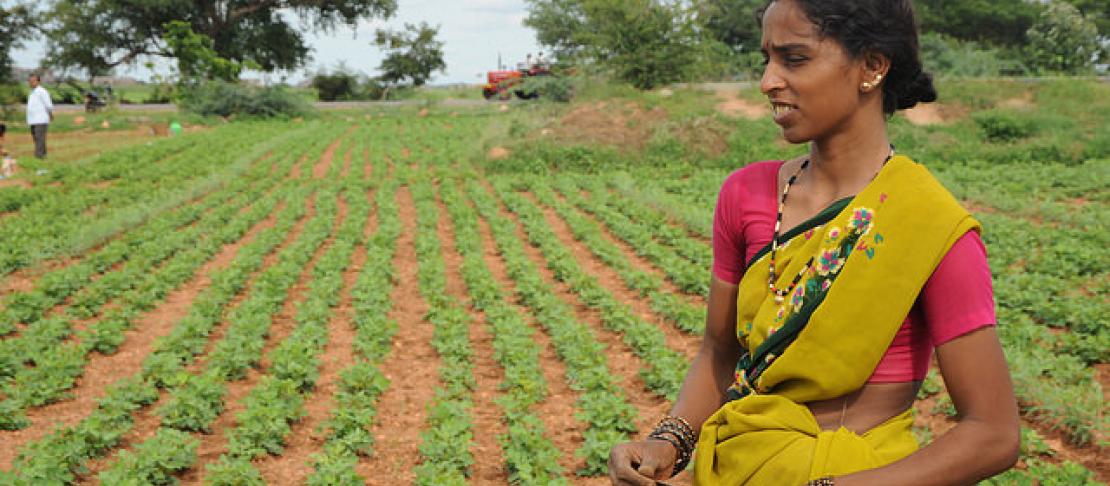New emissions data and opportunities for climate-smart farming in India

Recent studies of emissions from smallholder farms in India identify climate-smart farming practices that increase food security while decreasing emission intensities.
The Environmental Defense Fund (EDF), India's Fair Climate Network, and a diverse set of partners and other stakeholders recently released a body of work describing ongoing efforts and important opportunities to expand climate-smart agriculture in India.
In a blog about their findings, lead author Kritee summarizes findings in groundnut crops with exciting potential in climate-smart agriculture.
Integrated nutrient management led to a number of benefits in a drought-hit year, including a 40-60% reduction in total nitrogen fertilizer use, increased crop yield by 35-50%, and net profit by 70-120% – while decreasing GHG emission intensity (per unit yield) by 50%.
After developing an emissions sampling methodology (described in Carbon Management), they also found that emission factors of groundnuts could be 2%, more than twice as much as those estimated by the Intergovernmental Panel on Climate Change (IPCC) and the 0.58% estimated by the Government of India for upland crops, indicating a strong need to revise estimates.
Read more:
EDF blog: New studies point to a pathway to find India’s most effective climate-smart farming practices
Carbon Management article: Sampling guidelines and analytical optimization for direct greenhouse gas emissions from tropical rice and upland cropping systems
Nutrient Cycling in Agroecosystems article: Groundnut cultivation in semi-arid peninsular India for yield scaled nitrous oxide emission reduction
EDF’s work in India: Development while fighting climate change
EDF blog: 'Feeding 9 billion' requires facing up to climate change
Julianna White is Program Manager and Communications Specialist for the CCAFS research Flagship Low-Emissions Agriculture



